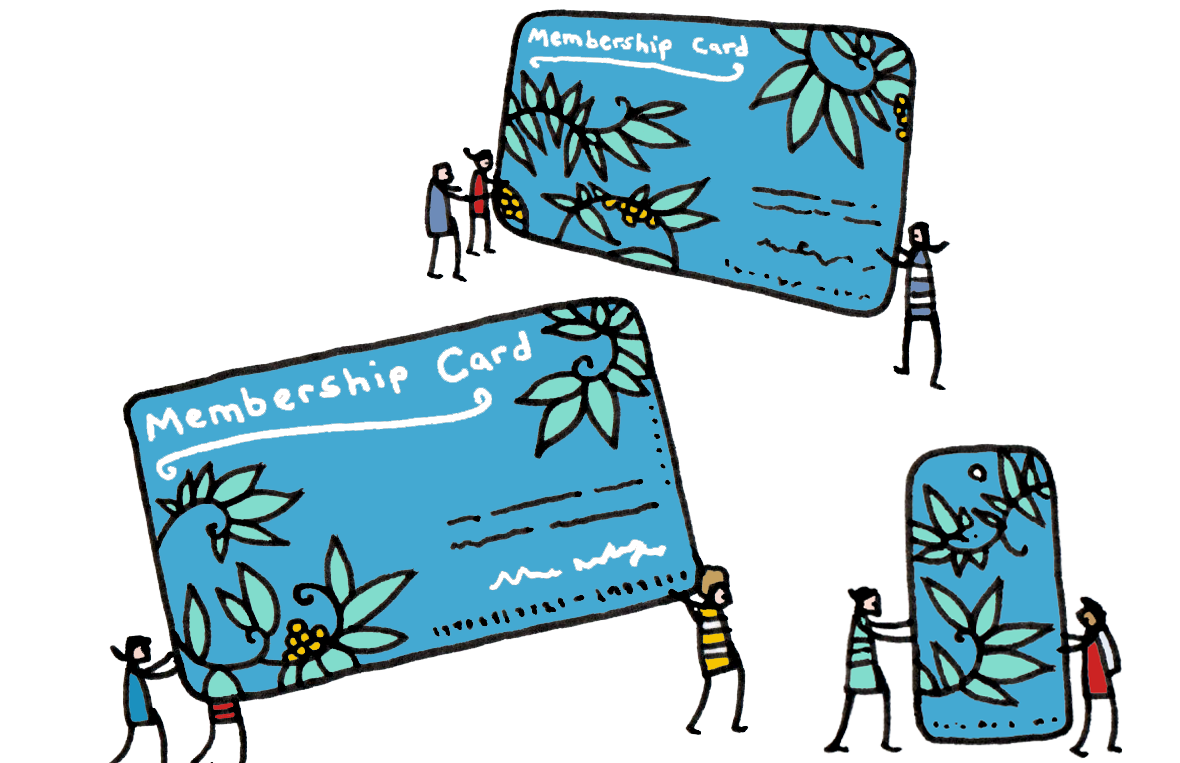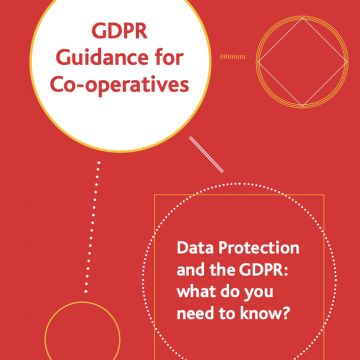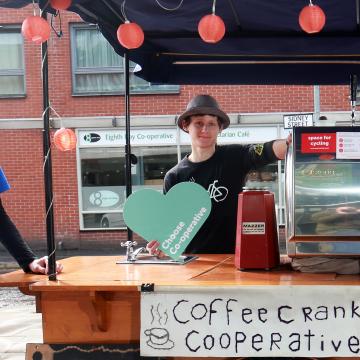Keeping good membership records

Every organisation needs a quality system to record members, their contact details and their status.
Membership systems
Here are some of the issues you should consider when thinking about membership systems:
- Will you screen members or can anyone join?
- Will you charge membership fees - if so, how much?
- How will you take payment?
- Do members have to renew membership every year?
- If you have a renewal system, how will it work?
- Will you give members a card or some other proof of membership?
- Will you keep your records on computer or on paper?
- What details do you need to know about members?
- Who will administer your membership system?
- Do you understand the General Data Protection Regulations (GDPR) outlining how you can legally collect and store personal data, such as contact and payment information?
How to set up a membership system
Type of system
Discuss the type of membership system that will suit your organisation. For all the systems listed below you will require an application form. You can give some proof of membership like a card or a badge, or you can simply keep a register of members. Here are a few different types of membership to choose from:
Members apply to join, fill in a form and if approved, become a member.
Membership is free, but members are encouraged to make donations to the organisation. Churches are a good example of this system.
Members pay a membership fee every year. You will need to decide what people can afford and make provision for people who cannot pay. If you choose this system you need a clear process for renewal every year. Remember that people will join in different months and will have to renew one year later. You need a system to let them know and to collect their fees from them. You will also have to suspend members who fall behind.
Members pay a small amount each month. This system needs a lot of administration to keep it up to date. It works best for organisations like trade unions that can get deductions made from wages.
Members pay once to join the organisation and remain members until they resign or are expelled.
People in a certain area or sector automatically become members and there is no fee or system. Anyone can attend meetings and vote. An example of this is a resident’s organisation in a block of flats.

Process for joining
Once you have decided on the type of system, you have to develop a process for joining.
- Decide whether people should apply on a bespoke form, if yes, design the form.
- Should new members be nominated by existing members?
- Will there be any interview or screening process to exclude people you may not want as members?
- How will you inform people once they have been accepted as members?
- Will you have a probation period or will new members have the same rights as existing members?
- Will you organise training or induction for new members?
Storing member information
There are rules about how you can legally collect, store and use personal data (such as members’ contact details). They are called General Data Protection Regulations or GDPR.
You must:
- Get permission to collect personal information
- Store this safely. Certain sensitive data must have extra restrictions in place
- Only contact people if they have given permission and in the way they prefer (eg by email not telephone if that’s what they request)
- Make it easy for people to opt out of receiving communications – although there are some exceptions, for example if you have a legal reason to contact them.
- Have a clear data collection and retention policy that members can access at any time.

GDPR guidance for co-ops – member and customer data

Benefits of membership

Understanding your members
